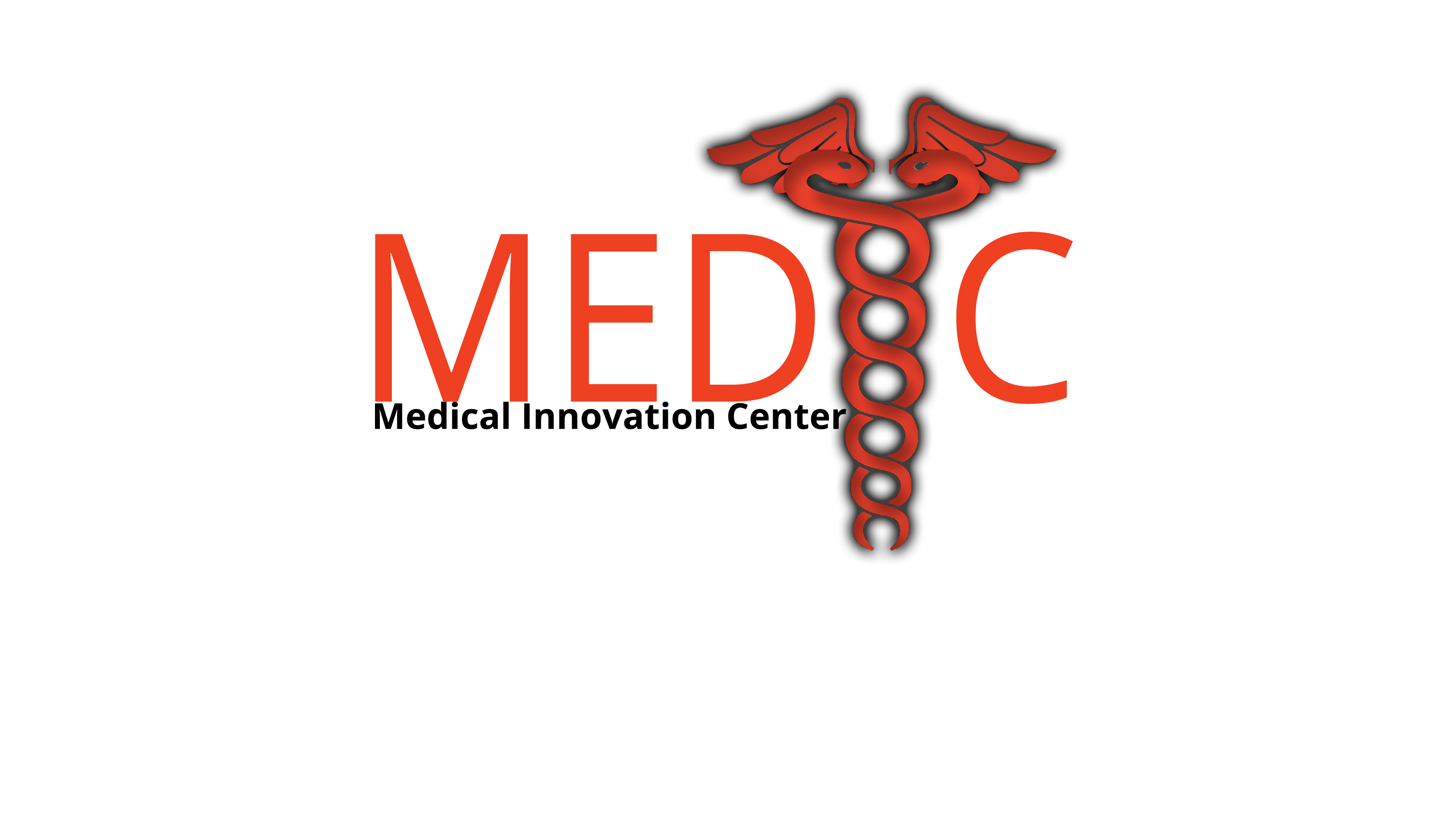Clinical Training
The Clinical Training Manual (CTM) serves as a reference guide for clinical placements and training. The purpose of this manual is to explain how academic clinical training activities are supported and organized at EUC, in order to assist both students and clinical instructors throughout their clinical training activities. EUC Clinical Training Manual and Teaching Hospital Affiliation Agreement also provides the framework for EUC to establish comprehensive agreements with the individual organizations that provide clinical training for EUC medical students. In order to be in agreement with changes in governmental policies and regulations, as well as requirements outlined by the GMC and ACGME, the CTM is regularly reviewed and revised, accordingly.
For further clinical training information please contact our clinical training team at : 22559649
The Clinical Training Core at EUC is the last phase of the spiral, competency-based curriculum designed to introduce students to the best practices in patient care, using innovative teaching strategies, exposure to advanced simulation training, and much more. The horizontally integrated, spiral program of the first three years of the curriculum, where students learn clinical skills from their first year, was designed to ensure a smooth transition from basic to clinical science applications.
Clinical Training at the School of Medicine, EUC:
- Combines three basic learning components: classroom-based, simulation-based and external clinical rotations (field training)
- Is mandatory for all students of the School of Medicine.
- Includes early clinical exposure from year 1 of studies, but takes place mainly during years 4 to 6
- Has a duration according to the European and International guidelines that corresponds to the year and course of study
Vision, aim and objectives of Clinical Training:
- The overall objectives of the clinical training of medical students are:
- To familiarize students with the structure, the function and the capacities of the healthcare system
- To familiarize and introduce the students to the various levels and institutions of the healthcare system
- To develop clinical skills and successfully combine them with their theoretical knowledge
- To demonstrate and develop communication skills and teamwork
- To apply practical skills in real-life healthcare environments
- To develop professionalism in their daily clinical practice
- To establish the concept of clinical training during medical undergraduate studies
- To create an environment of mutual collaboration and develop ongoing relations between the School of Medicine and the collaborating healthcare sites
- Finally, to equip medical graduates with all necessary practical skills to pursue their postgraduate endeavors
Learning priorities:
Based on the theoretical and practical background of our students, and according to the school syllabus, clinical training focuses on specific skills and clinical content, that are included in the student logbooks.
Completion of logbook sections:
Student Attendance and Evaluation Attendance is mandatory for students and the clinical instructor signs the attendance sheet (Part A) of every student routinely. Actions performed by the student, as described below, are also signed by the clinical instructor. The role of the clinical instructor is also essential in the final assessment and evaluation of every student that has rotated through their department.
Part B. Patient assignment
Each student is expected to follow at least one patient every week from admission to
discharge, as presented in Part B. Patient assignment/Resident shadowing. When you are
satisfied that the student has reached a competent standard, you should complete and sign
the relevant entry.
Parts C & D. History, Physical examination, Clinical skills, Essential course content
Students should be exposed to competencies and trained on clinical skills to a maximum
possible degree, as described in Part C. History, Physical examination, Clinical skills. In
addition, students should exhibit competence level in situations commonly encountered in
the different clinical departments, as described in Part D. Essential course content. Please
rate student level according to the following scale and sign: O:observed (not performed),
1.exceptional, 2.satisfactory, 3.average, 4.needs improvement, 5.unsatisfactory.
Part E. Mini Clinical Evaluation Examination form (mini-CEX)
The miniCEX is a 15-minute snapshot of how students interact with patients. Students should
perform this at least once in each clinical discipline, under your supervision, which you are
kindly requested to complete and sign.
Guide for Students and Safety Instructions
Logbooks also include a detailed guide for students, as well as health & safety instructions
that they need to follow during their rotations.
Clinical Centers and Affiliated Hospitals
EUC is committed to providing our students with a rich variety of experiences and opportunities for training. We have an outstanding and diverse group of affiliated clinical training sites, including Medical Centers and Hospitals, in Cyprus, Greece and Germany.
EUC Affiliation Agreements follow the guidelines established by the Cypriot Ministry of Health, European Union accreditation policy and the Association of American Medical Colleges affiliation agreement project.
The aim of the uniform agreement of EUC with each affiliated Medical Center is to provide consistency and standardized expectations for both parties, and ensure clinical training of EUC students at the highest level.
In Cyprus, EUC has exclusive agreements for clinical rotations with Larnaca General Hospital (Larnaca), the American Medical Center (Nicosia) and the German Oncology Center (Limassol)



